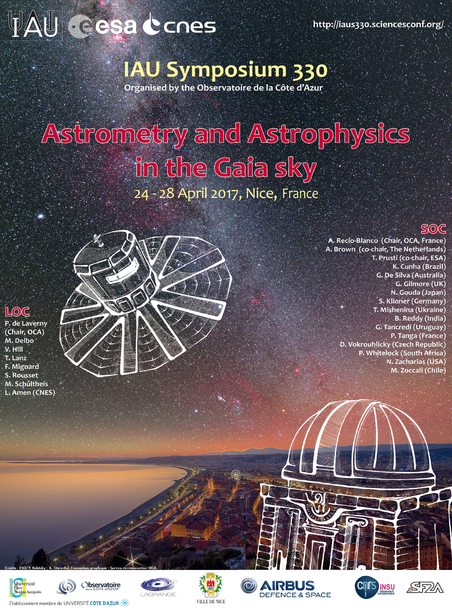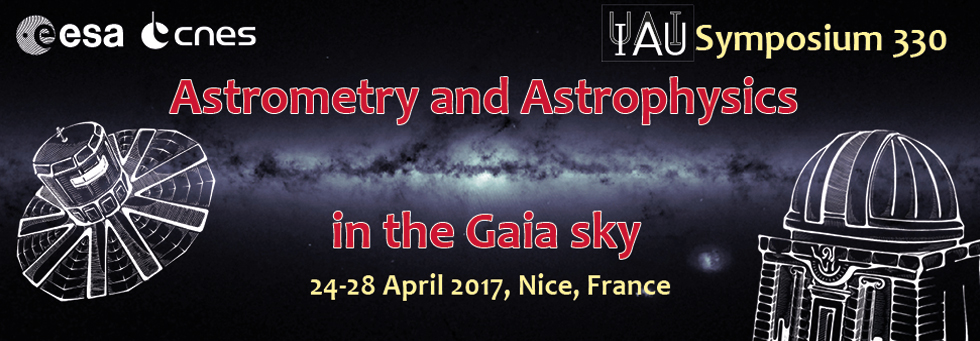
|
|
|
Astrometry and Astrophysics in the Gaia sky
The ESA Gaia mission is astrometrically, photometrically and spectroscopically surveying the full sky since July 2014 and the first Gaia data release (DR1) has been made publicly available on september 14, 2016.
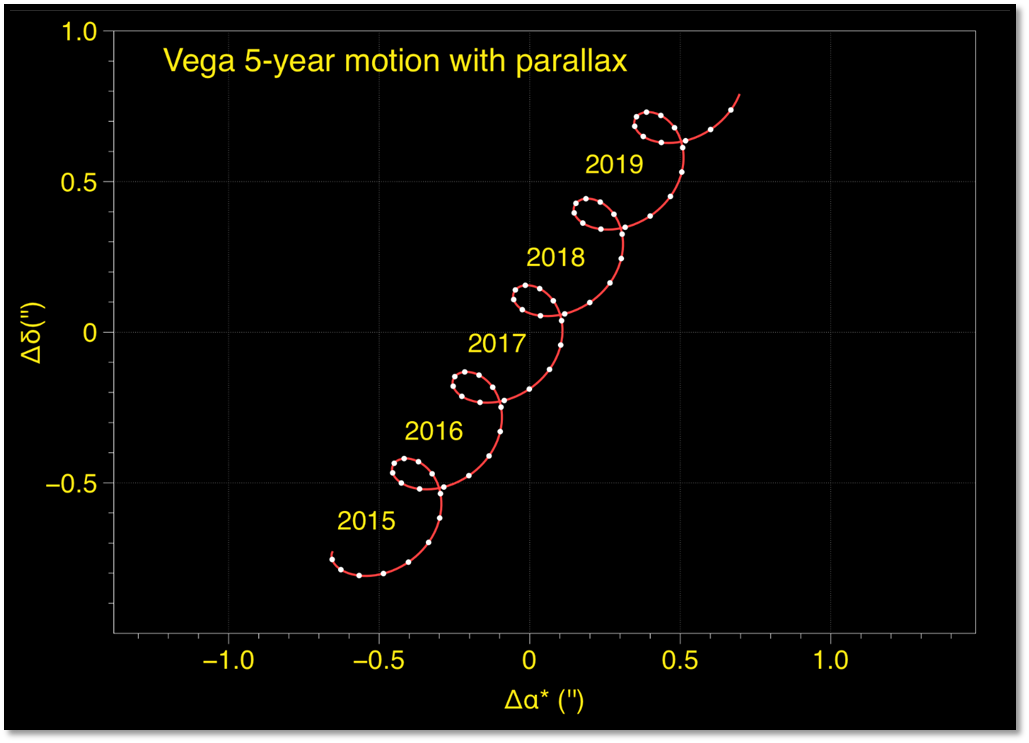 The main goal of this IAU symposium is to ensure the world-wide sharing of the Gaia mission results, foster international collaborations and discussions that will enhance the Gaia scientific return. This symposium will mark the first step of the Gaia revolution in astrometry, our understanding of the Milky Way galaxy, stellar physics and the Solar system bodies. The astrometry and reference frames science will be one of the conference highlights. Gaia DR1 will include the five-parameter astrometric solution - positions, parallaxes, and proper motions - for 2.5 million stars in common between the Tycho-2 Catalogue and Gaia (TGAS). They will be at the heart of the interdisciplinary scientific discussions of the symposium.
The main goal of this IAU symposium is to ensure the world-wide sharing of the Gaia mission results, foster international collaborations and discussions that will enhance the Gaia scientific return. This symposium will mark the first step of the Gaia revolution in astrometry, our understanding of the Milky Way galaxy, stellar physics and the Solar system bodies. The astrometry and reference frames science will be one of the conference highlights. Gaia DR1 will include the five-parameter astrometric solution - positions, parallaxes, and proper motions - for 2.5 million stars in common between the Tycho-2 Catalogue and Gaia (TGAS). They will be at the heart of the interdisciplinary scientific discussions of the symposium.
The impact of Gaia on Milky Way research will be truly astounding. Starting with the first data release, thanks to the TGAS catalogue, Gaia will trigger a strong qualitative and quantitative change in Galactic studies. This symposium will be the occasion to present the first results about the time evolving chemo-dynamical picture of the Milky Way, as well as discussing its impact on theoretical models of Galaxy formation. In this context, the synergy between Gaia and other ground-based Galactic surveys will have a clear visibility.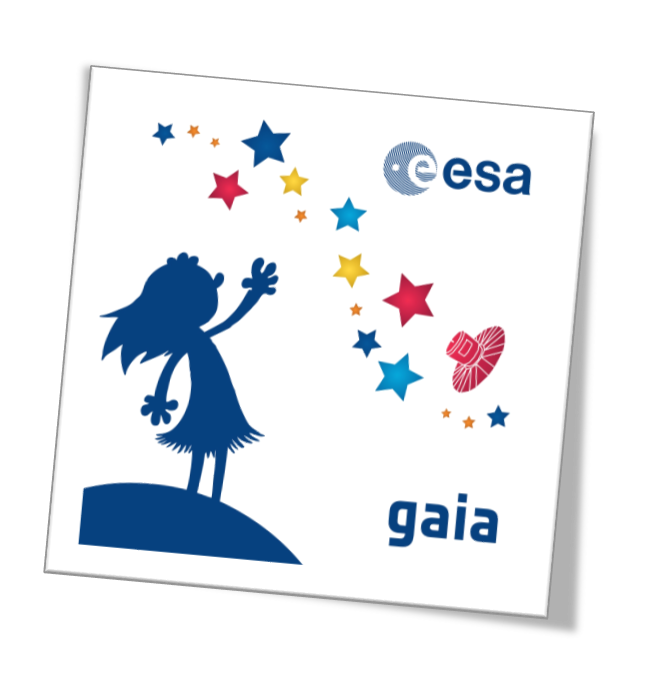
Regarding stellar physics, Gaia data will help constrain stellar structure and evolution models owing to the very precise distances andhomogeneous parameters, including stars in rapid evolutionary phases and rare objects. Again, the 2.5 million stars included in the TGAS catalogue will be the start of a new era. Moreover, variable star physics will stand out in the first Gaia data release thanks to the photometric data of RR Lyrae and Cepheids in the ecliptic-pole fields.
The ultra-precise astrometry is also the unbeatable driver for Gaia based Solar System science and exoplanets, promising a revolution. Just with the first data release, Gaia will impact planetology by the availability of stellar astrometry, permitting new astrometric reduction of old Solar System observations and improving the reliability of predictions of stellar occultations. Moreover, Gaia will provide a unique determination of distances and proper motions for many planet-hosting stars, thus placing stronger constraints on formation and structural models of extrasolar planetary systems as well as the stellar hosts' environment.
In summary, thanks to the Gaia interdisciplinary character, this IAU symposium will be a unique oportunity to discuss the Gaia-based results with all the relevant scientific communities.
| TRIBUTE |
|
Poster of the symposium |
The conference will also be a tribute to François Mignard, expert in astrometry and reference frames, and chair of the Gaia Data Processing and Analysis Consortium since its formation and until the end of 2012.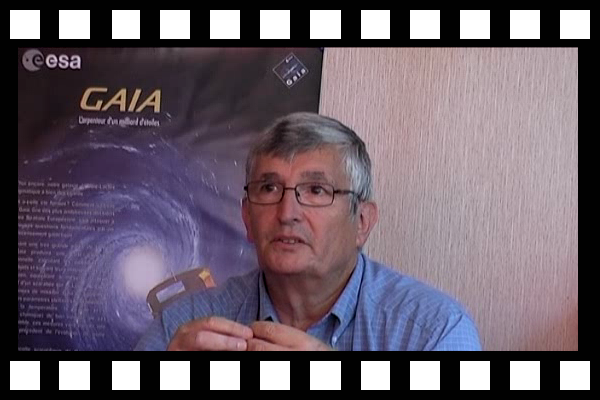 |
|
|
Main sponsors of the IAU Symposium 330
Other important sponsors can be found here
